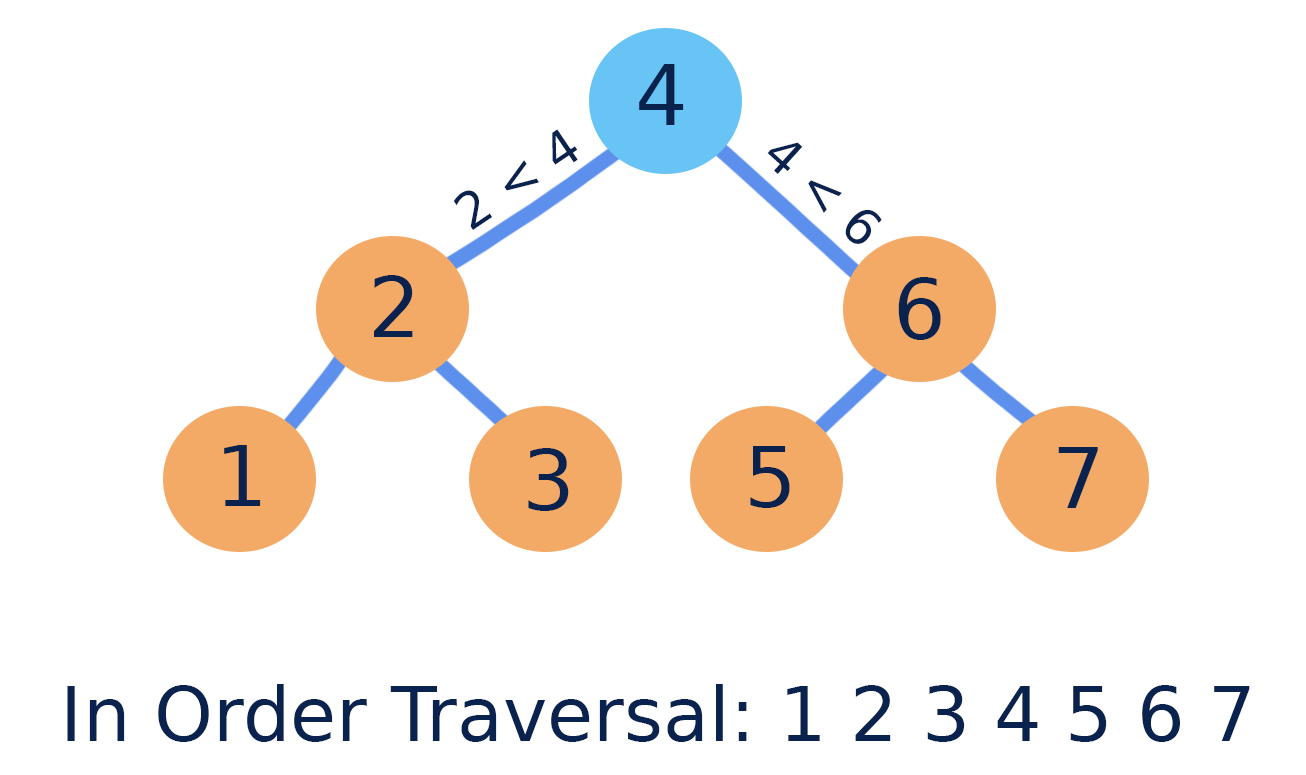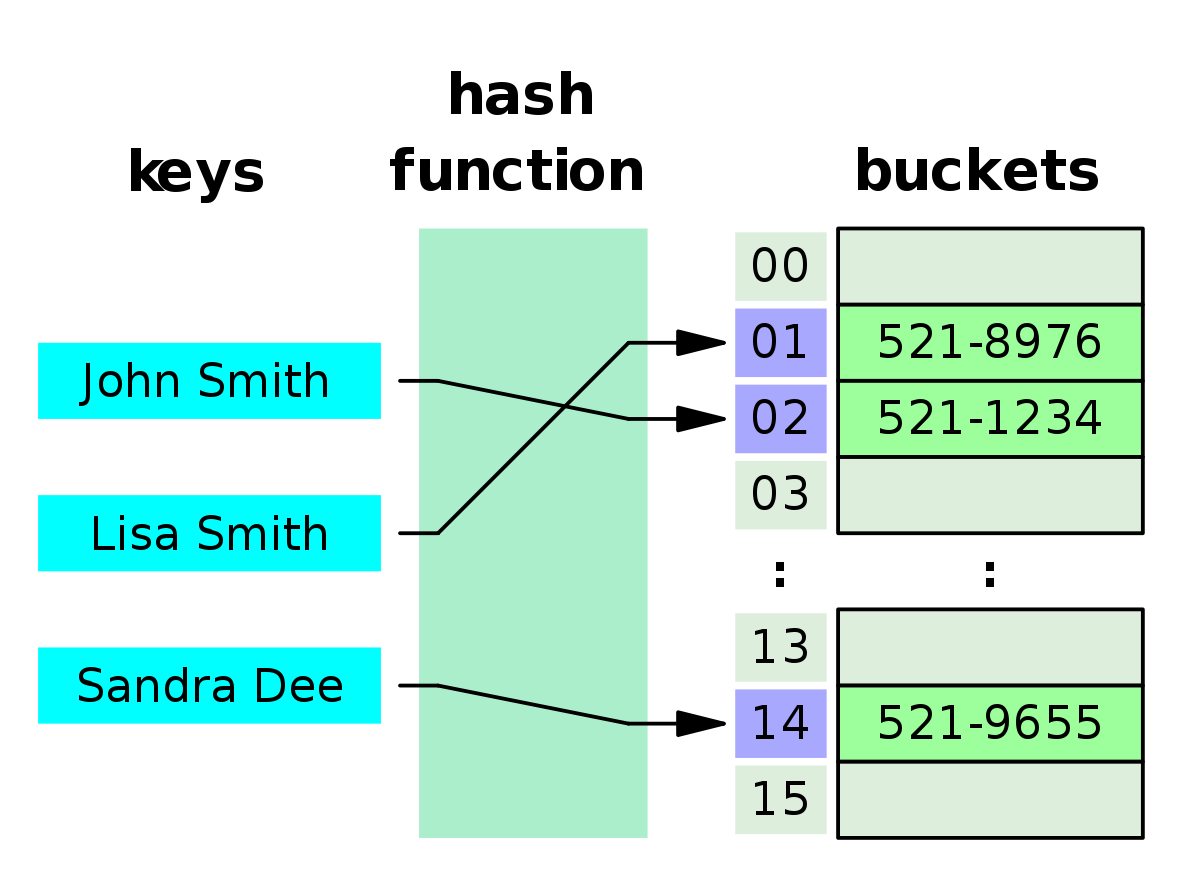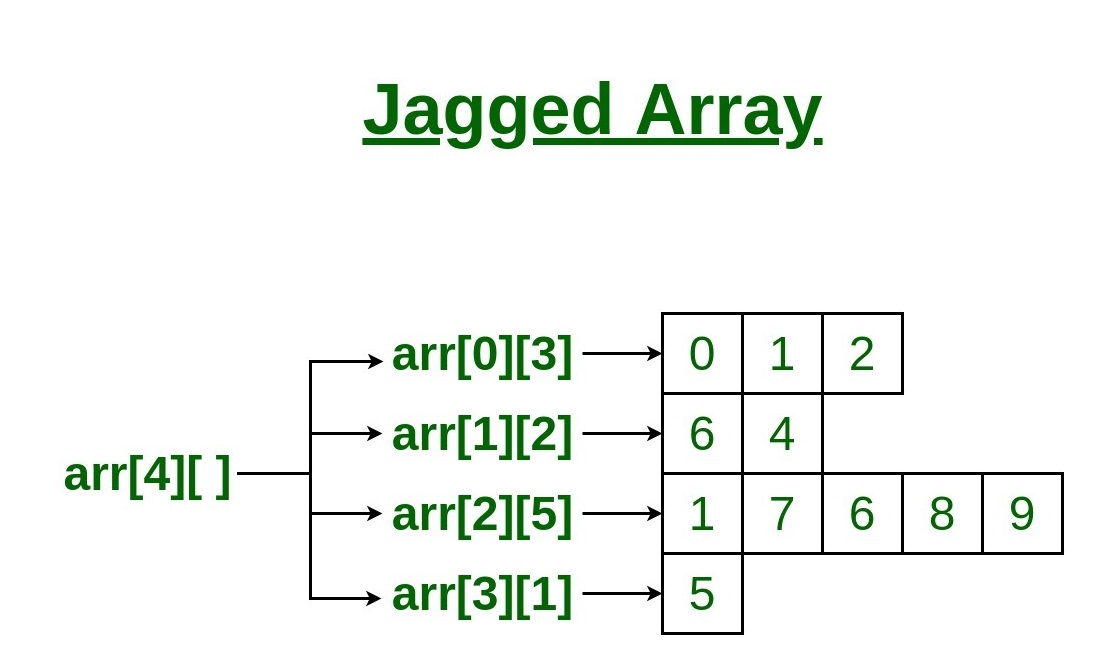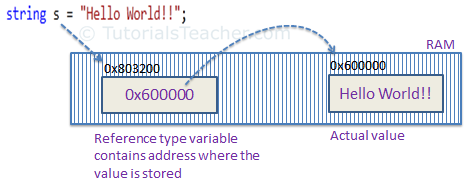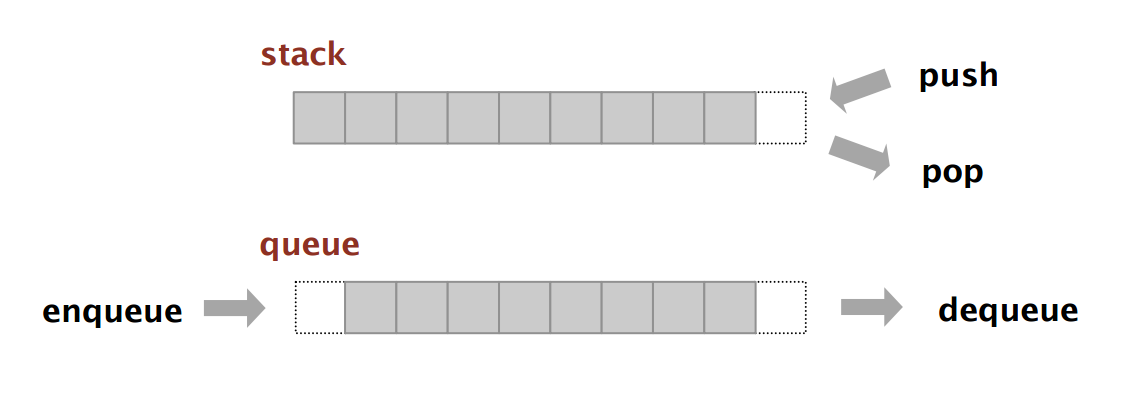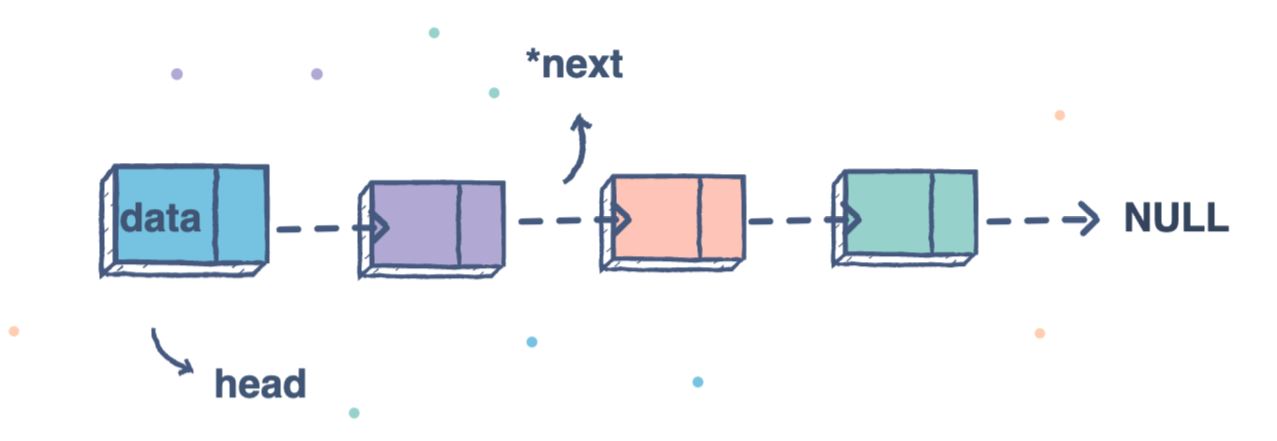Heap
April 25, 2020
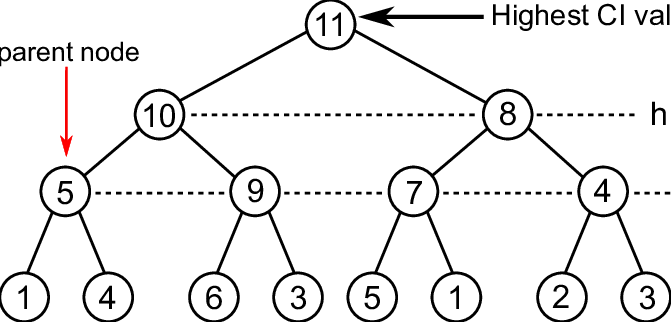
A heap is a data structure that’s implemented as a binary tree. Remember, a binary tree is where each parent had a maximum of two direct child nodes. What makes a heap special? Like a binary search tree, we add additional constraints. So the basics. Heaps are a collection of objects. As we add items to the heap, they are always added top to bottom, left to right. We completely fill in the level before moving onto the next. This means we…
